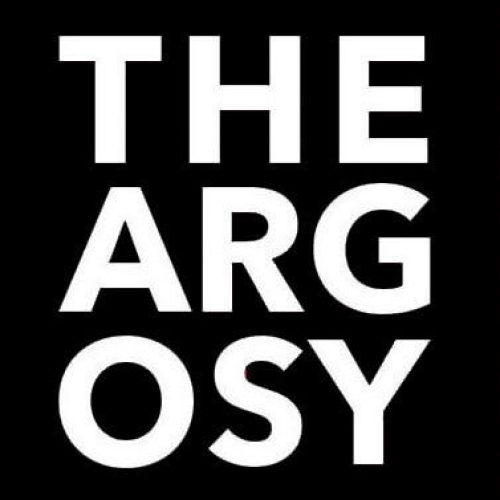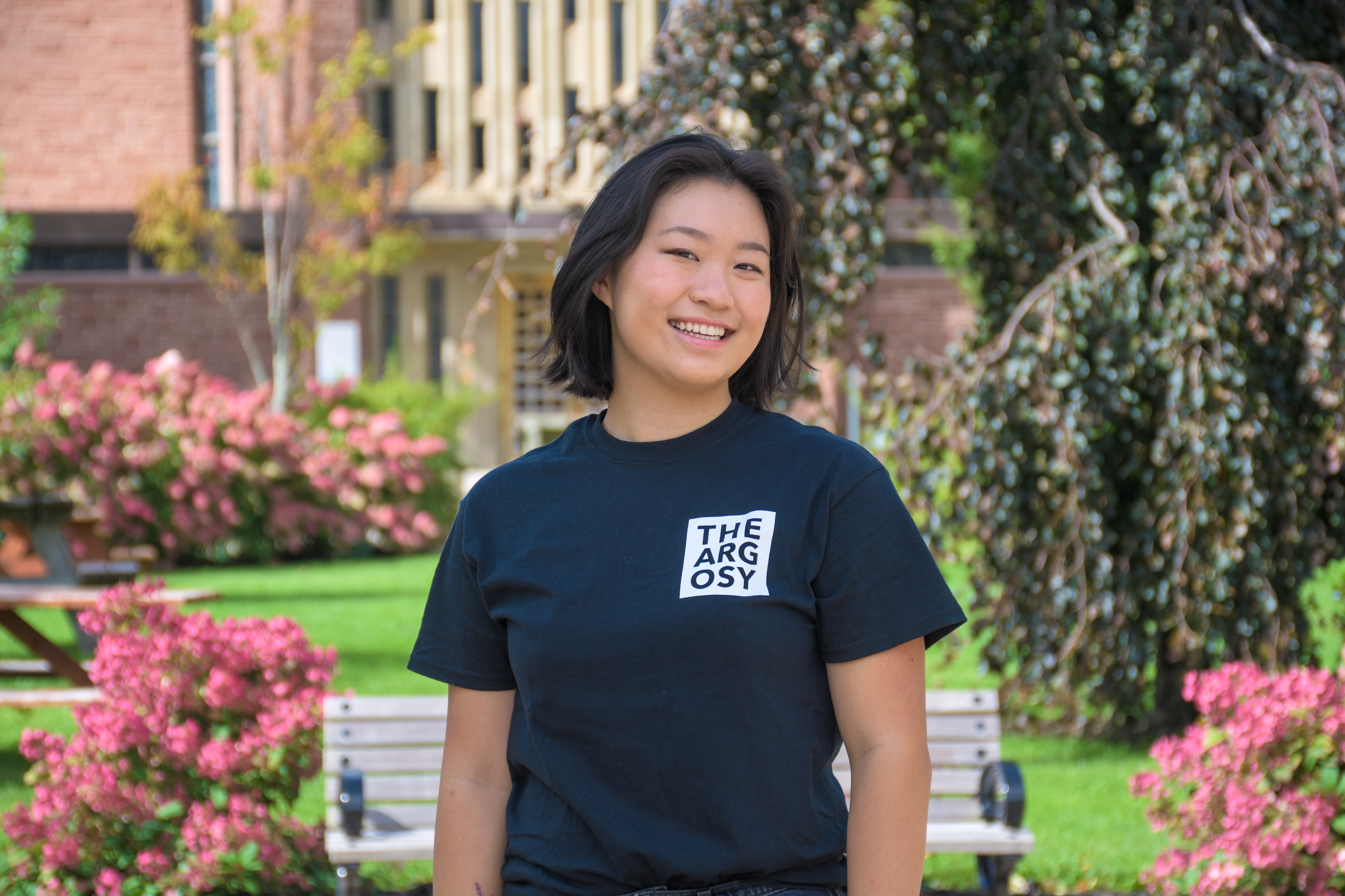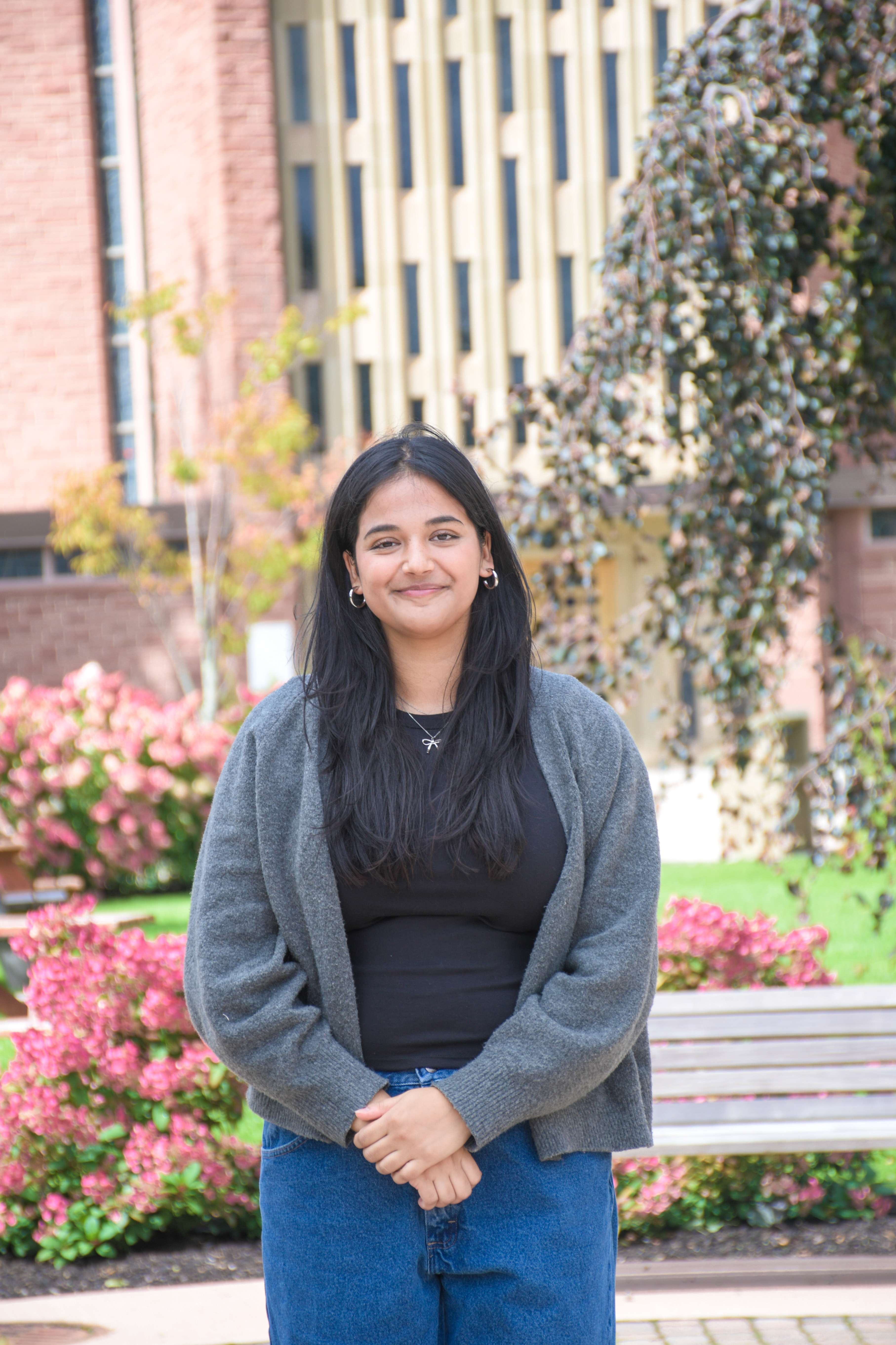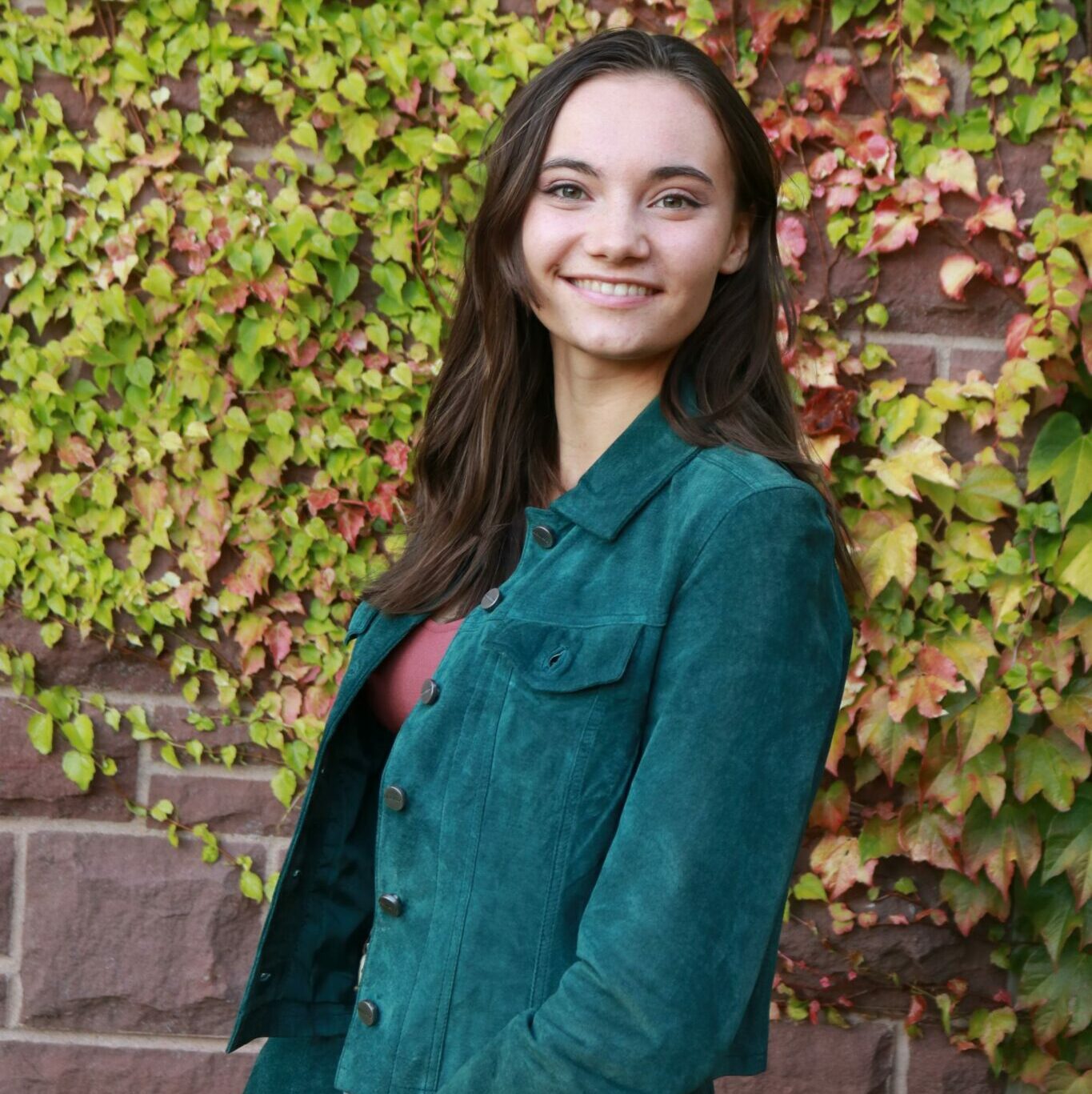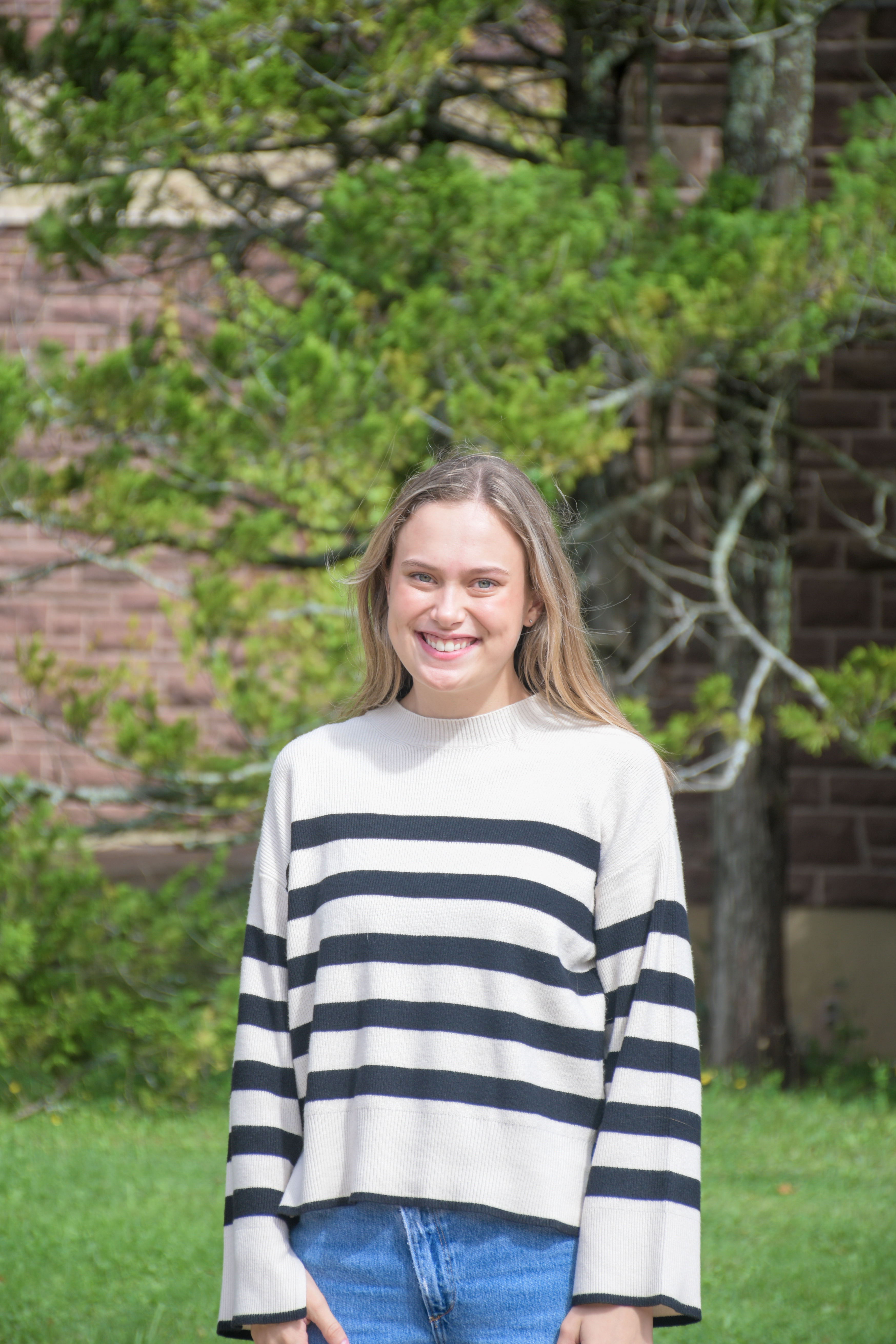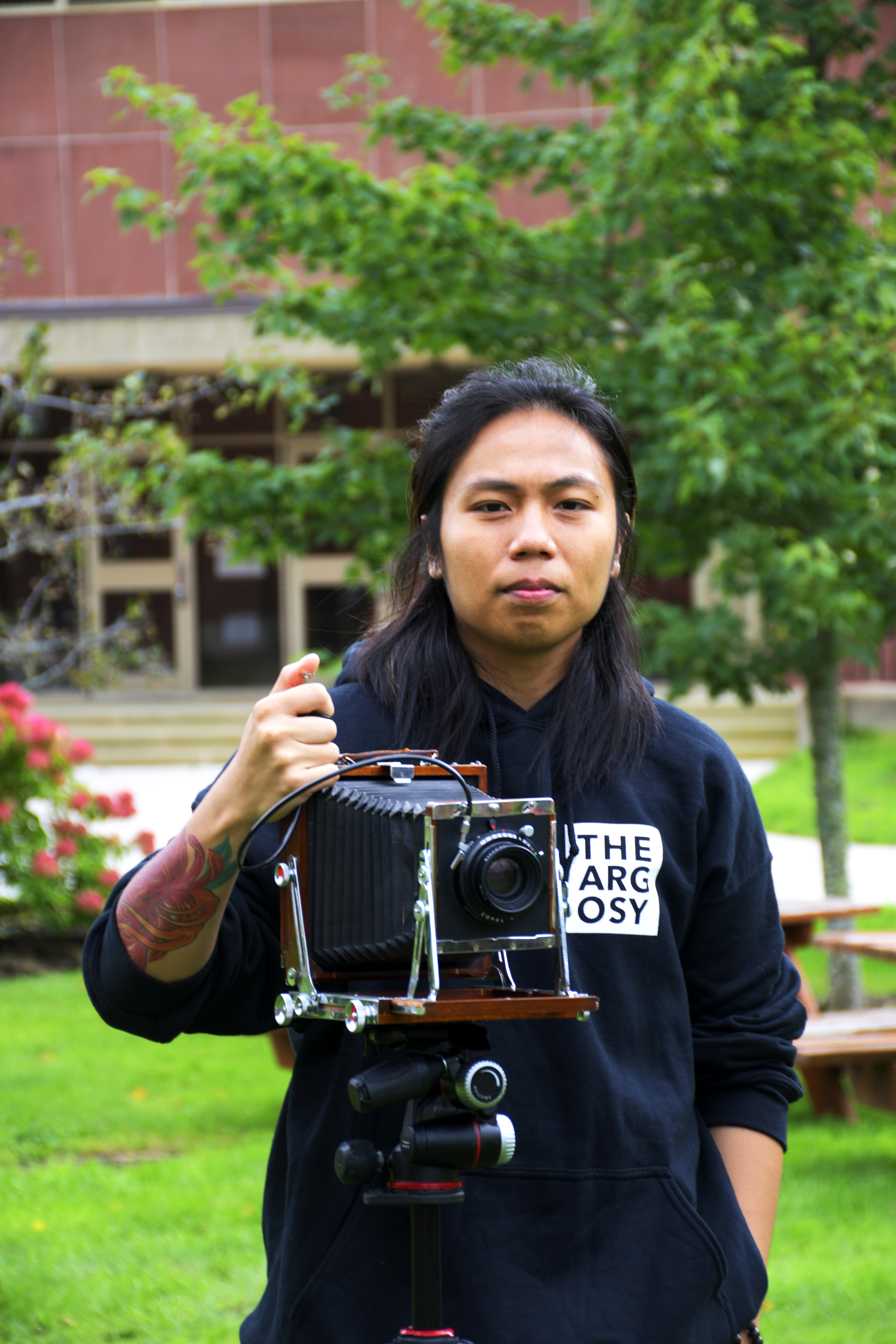Chem lab experimenting with Isoniazid.
The Wild Toads Lab is a research group on campus probably known best for wall paintings and clothes themed after The Simpsons. Headed by the chemistry department’s Steve Westcott, the lab researches anticancer treatments and ways of improving tuberculosis medicine, along with other medical topics. The Argosy visited the lab to talk to three of the four honours students working there this year about their research.
Hannah Caron, Morgan Morrisey, and Tom Kostelnick are doing three separate honours projects on the anti-Tuberculosis compound Isoniazid.
“Isoniazid is one of the drugs that’s used to treat Tuberculosis, but there’s a lot of multi-drug resistant strains of [Tuberculosis], so we want to modify its structure so that the drug won’t be resistant to it anymore,” said Caron.
Tuberculosis, or TB, is an airborne bacteria that infects about one third of the world’s population. A majority of cases occur in developing countries or regions with poor health care. About 1,600 TB cases occur in Canada every year.
“I thought it was an issue in developing countries and wasn’t here,” said Morrisey, “but then in June 2014 there was a confirmed case of Tuberculosis at the Université de Moncton, and that was the second case in a year. That’s close to home.”
“They’ve had a drug treatement [for TB] for years, but a lot of multi-drug resistant strains are occurring because people aren’t taking the full treatement,” said Caron. Isoniazid needs to be taken regularly over a six-month period for treatment to be effective. Caron and Morrisey said that drug-resistant strains of TB can arise when people stop taking Isoniazid, usually because they can’t afford it or their symptoms disappear.
“[Drug-resistant strains] can be spread to other people because it’s an airborne disease,” said Caron. She said that resistant strains of TB can readily infect other TB patients already on Isoniazid and are potentially untreatable.
“If one of our drugs were tested for anti-TB properties and shows really strong bioactivity, we could help so many people,” said Caron.
“We have Isoniazid and we’re adding similar derivatives to it to modify its activity,” said Kostelnick. Caron is chemically binding Isoniazid with maltol, a flavour enhancer commonly used in foods like hot chocolate, and various metals. By doing so she hopes to make Isoniazid more permeable to the TB bacteria’s cell membrane. Morrisey is binding Isoniazid with furan and thiophene, which are reactive aromatic liquids, and Kostelnick is binding it with a Sulfur-containing derivative and Carbon.
The three honours students said they will be synthesizing their experimental compounds over the term, and that next term will be spent experimentally ensuring their purity. When ready, the compounds will be sent to various other universities and institutions to test their bioactivity in living cells.
Their research was funded by individual grants from the National Science and Engineering Research Council of Canada (NSERC).
The lab has a tradition of popping a bottle of champagne every time it publishes a scientific paper. The paper’s title is then taped onto the bottle and placed on a shelf along with scores of other such bottles.
“A lot of [Dr. Westcott’s] students graduate Mt. A with their names on papers,” said Caron. “It’s pretty awesome. Last week we had three bottles of champagne.”
